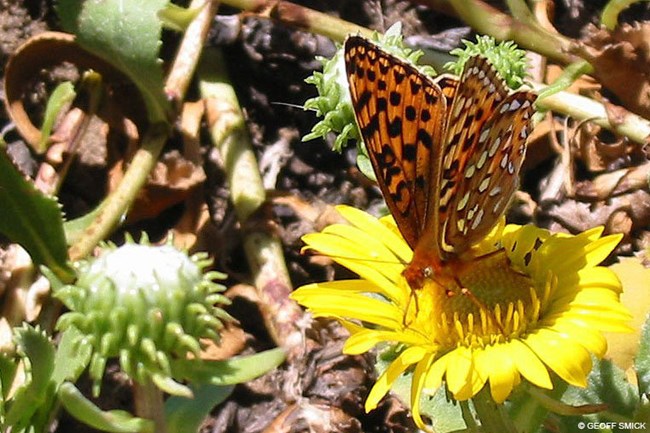
© Geoff Smick There are over 50 species of animals at Point Reyes that are listed by the state or federal government as threatened, rare, or endangered. These include reptiles, amphibians, birds, fish, invertebrates, and mammals. For a species to be listed as endangered, it has to be in danger of extinction throughout all or a significant portion of its range. Threatened means a species is likely to become endangered within the foreseeable future throughout all or a significant portion of its range. The Sixth Mass ExtinctionIn 1995, the National Academy of Sciences reported that: In recent years, it has become apparent that human activities are causing the loss of biological diversity at an increasing rate: the current rate of extinctions appears to be among the highest in the fossil record. Although non-human organisms can cause extinctions of other species to a small degree, no other organisms produce such large effects over such wide areas as humans do and have done—at least locally—for thousands of years. Habitat alteration and degradation are probably the most severe effects humans have on other species today. In 2019, the Intergovernmental Science-Policy Platform on Biodiversity and Ecosystem Services (IPBES) reported that: Nature is declining globally at rates unprecedented in human history — and the rate of species extinctions is accelerating, with grave impacts on people around the world now likely… Why Are Threatened, Rare, and Endangered Animals Important?We, as humans, are intricately connected to all species around us. By saving something as seemingly insignificant as a rare insect or worm, you also save other organisms that depend upon those insects or other small invertebrates. These may be larger insects or animals such as shrews, mice, bats, or even bears that need these seemingly insignificant animals for food. Did you know that a tiny insect could save your life? Researchers are studying insects as potential sources of powerful anti-inflammatories, stimulants, and pain relievers, or even treatments for heart disease, arthritis, and cancer. Why Do We Need to Save Them?At the cellular level, organisms need healthy "genetic stock" or diversity in genetic make-up to withstand environmental or catastrophic conditions. In other words, an organism that has many different genes as opposed to similar genes is more likely to withstand disease. Having diverse genes acts as insurance against extinction and adds to an organism's resiliency. We need healthy populations—or as scientists say "viable populations"—of organisms to continue to have a healthy gene pool. When populations become small, all offspring turn out to have similar genetic makeup. This makes that particular species more prone to being wiped out by factors such as disease or environmental events such as fire, hurricanes, and floods. Larger populations are healthier because of the reservoir of genes to produce healthier more resilient offspring. What is the Park Doing to Protect Threatened, Rare, and Endangered Animals?While we humans have the ability to dramatically impact and even wipe out other species and their habitat, we also have the ability to preserve and protect these same species and their habitat. As habitat is lost to human development, protected areas like Point Reyes National Seashore are increasingly important to the protection and recovery of species that are on the verge of disappearing from our world. Rare animal populations and their protection depend on us as conservationists and land stewards to take action. Their survival becomes entrusted to our care as land use values shift and these populations suffer from habitat loss to development and the competition of non-native species. The fragile nature and fate of these organisms rests within our willingness and capacity to locate, map, monitor, and protect these animals. How You Can Help
Species ListDownload our Threatened & Endangered Animal Species of Point Reyes list (32 KB PDF). Threatened, Rare, & Endangered PlantsVisit our Threatened, Rare, & Endangered Plants page to learn more some of the flora protected at Point Reyes National Seashore.
Learn more about some of the threatened, rare, and endangered animals at Point Reyes. |
Last updated: April 28, 2024
